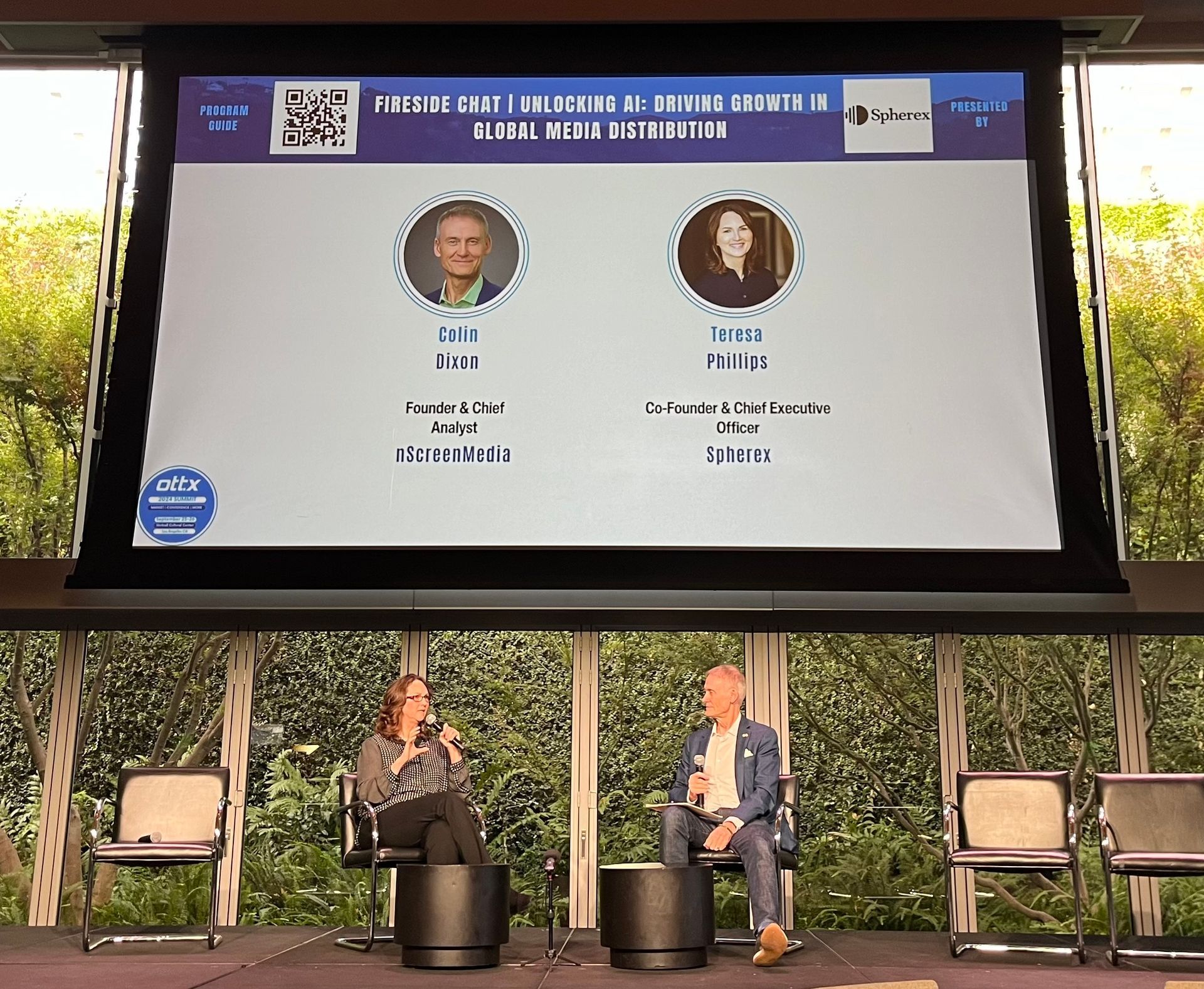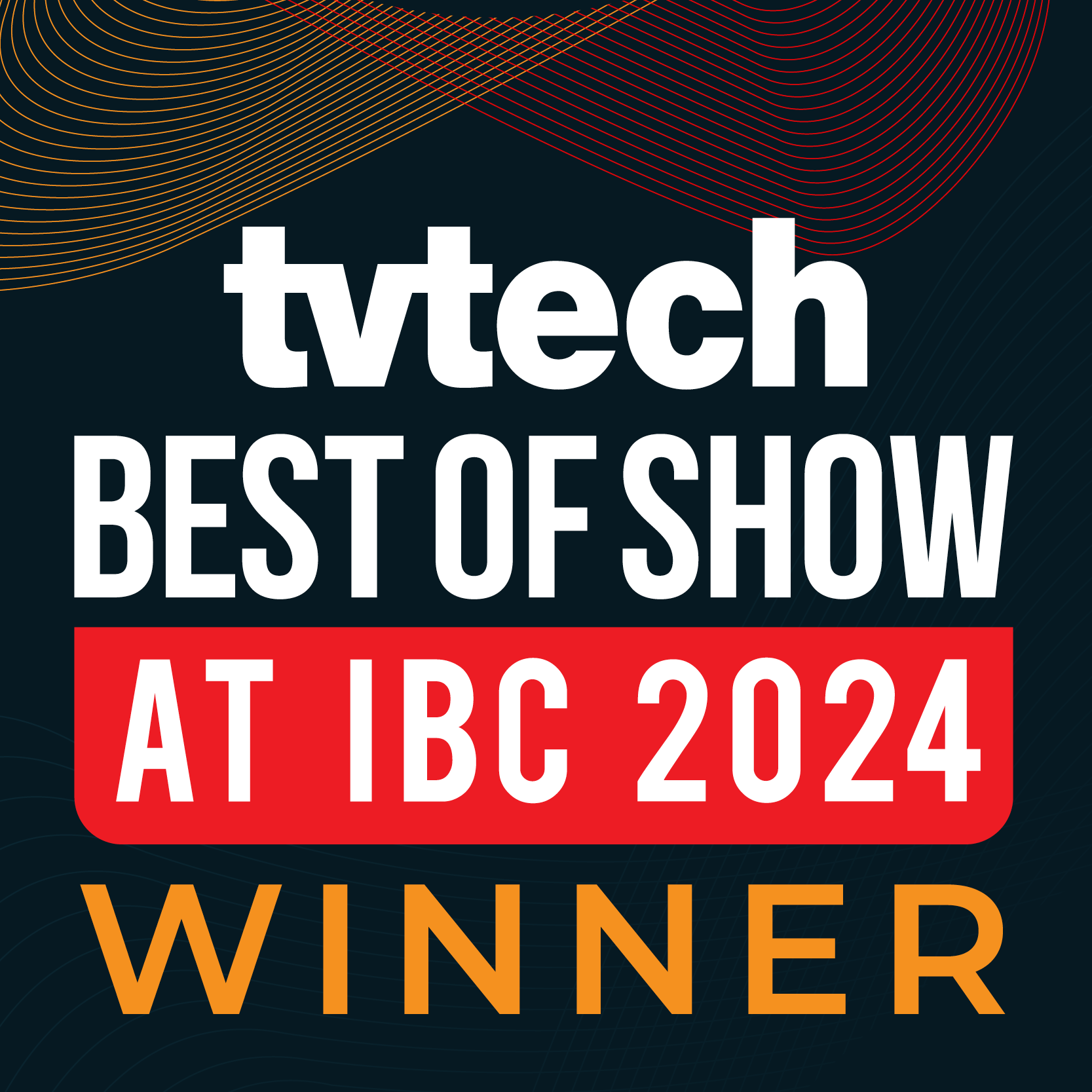Indian Supreme Court Asks Big Streamers to Review Content
The Justice for Rights Foundation, an Indian non-government organization (NGO), filed a plea “seeking regulation on the functioning of” over-the-top (OTT) platforms such as Netflix, Amazon Prime and Disney+ Hotstar, among others before the Supreme Court.
According to Business Insider , the NGO claimed that OTT series like “Sacred Games,” “Tandav,” and “A Suitable Boy” among other shows, “have allegedly hurt religious, social and regional sentiments of the public at large.” Even popular international shows “Game of Thrones” and “Spartacus” were called out as being too vulgar and pornographic to be viewed by a wider audience.
What Does This Mean?
Essentially, the Justice for Rights Foundation is seeking to curb streaming content that is “unregulated and uncertified” for general audiences. According to Inc. 42
, a three-judge bench led by Justice DY Chandrachud heard and discussed the filings made by the NGO regarding OTT regulations.
Along with the NGO’s plea , the apex court also heard the Indian government’s transfer petition plea that was initially filed back in Nov. 2020, to gather all OTT platform-related cases filed in various High Courts across the country and move them to the apex court.
Around 23 cases related to OTT content were heard throughout the Indian courts. By intending to transfer these to the Supreme Court, the government is trying to ensure that all cases are heard and that they do not end up clogging up the rest of the judicial system. This also means that whatever the Supreme Court ultimately decides, the other courts will have to comply.
Was a Decision Made?
After hearing the government and the NGO’s plea, the Supreme Court ordered a stay against all cases seeking OTT content regulation pending before multiple High Courts. The court
will hear the proceedings for a similar case that is pending before it in the second week of April 2021, which is also when it will take a call on the transfer of all cases from the High Courts to the apex court.
What Are the Current Measures?
In response to the petition filed by the NGO, the government submitted an affidavit indicating
the legal position governing OTT platforms: “There is a mechanism for regulation of the OTT Platforms under the provisions of the Information Technology Act, 2000 and the newly framed Information Technology (Intermediary Guidelines and Digital Media Ethics Code) Rules 2021 notified February 25, 2021.”
While announcing these new IT Rules for OTT platforms and social media services, the Indian government outlined the “due diligence, grievance redressal and self-regulation measures.” It stated these new guidelines will pave the way for an Inter-Departmental Committee (IDC) comprised of representatives from various ministries, who will oversee complaints surrounding broadcast and online content. The IDC will be headed by an “authorized officer of the ministry” with powers to block specific content. All content must carry a classification certificate with one of the five ratings: U (Universal), U/A 7+, U/A 13+, U/A 16+, and A (Adult).
However, the plea filed by the Justice for Rights Foundation states that the new IT Rules are mere guidelines that lack an effective mechanism for their proper implementation, and do not provide for any penalty or punishment in case of violations. It also states that the effective regulation of content on OTT platforms sans legislation is not feasible.
What Do the Courts Think?
In a previous virtual hearing in early March regarding the denial of a pre-arrest bail plea filed by Amazon Prime’s Head of India Originals by the Allahabad High Court, another Supreme Court Justice Ashok Bhushan remarked
that the new IT rules “lack teeth” as there is no provision for prosecution or fine, and the guidelines don’t do enough to keep a check on “pornographic” content.
The Supreme Court then made it amply clear that it was in favor of “screening” content shown on these platforms. It noted that, “Traditional film viewing has become extinct. Now films and web series are viewed by the public on these platforms. Should there not be some screening? We feel there should be some screening… There is pornography on some films.”
The defense counsel disputed the court’s opinion that pornographic content is screened on OTT platforms. “I can show you thousands of films, not even one of them has pornography,” senior advocate Mukul Rohatgi asserted.
Share this post
Related Posts











